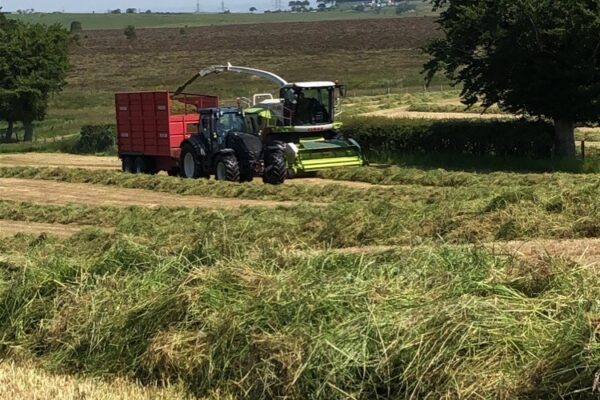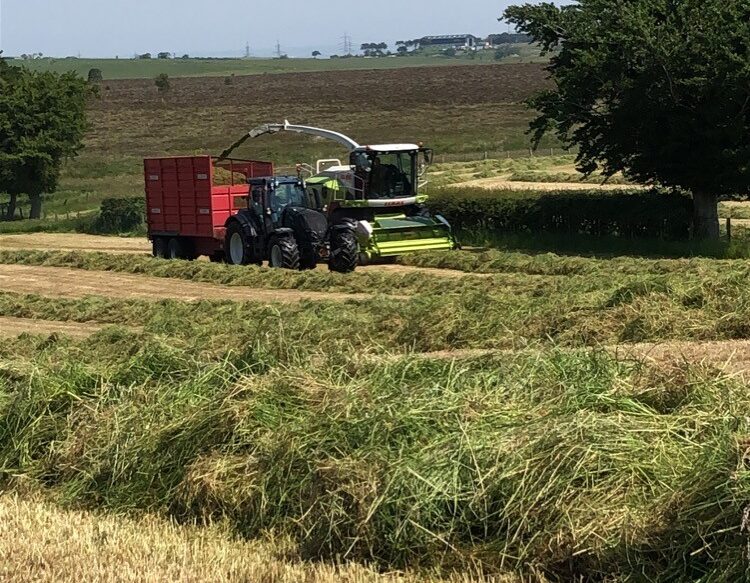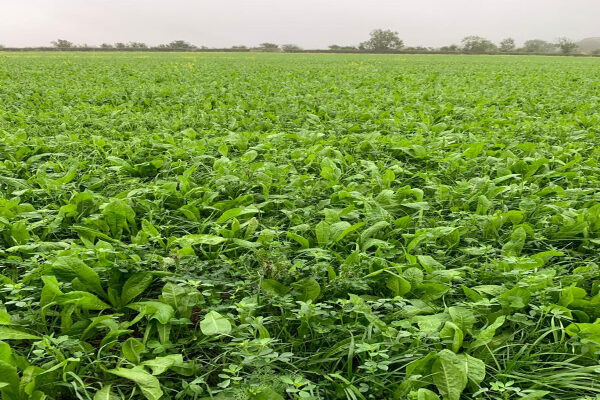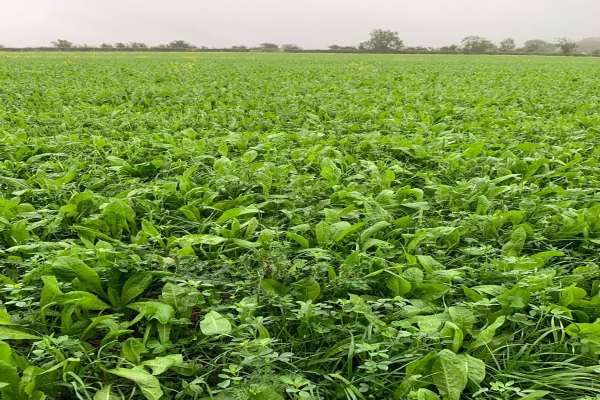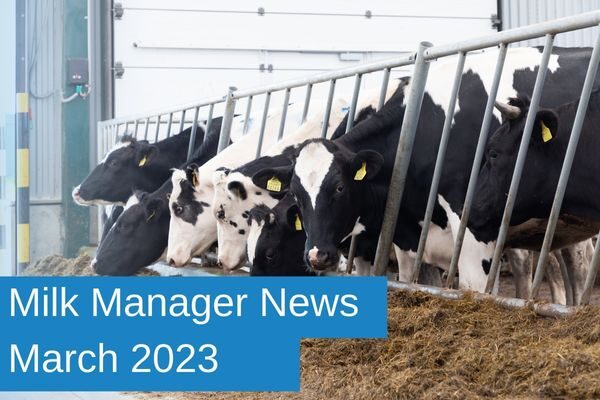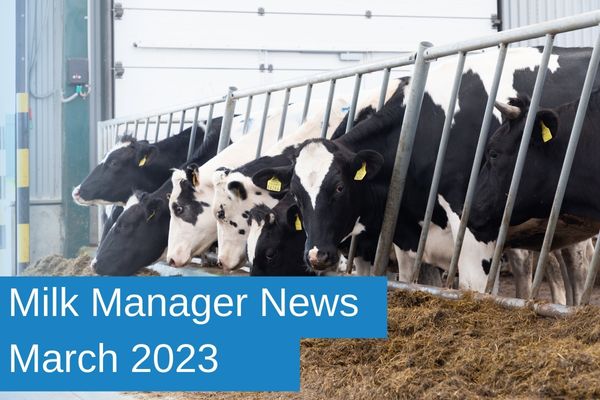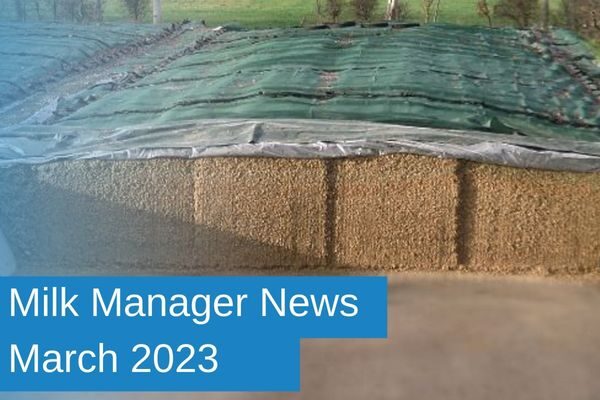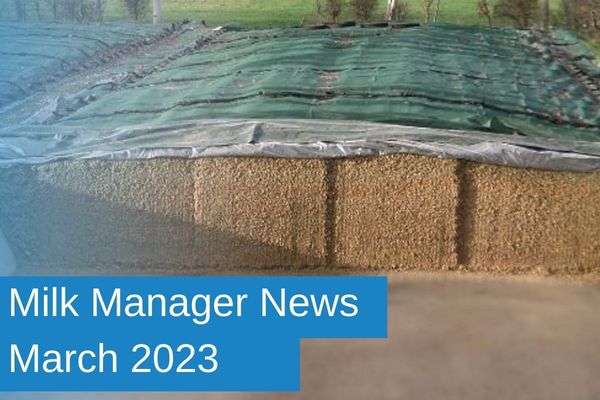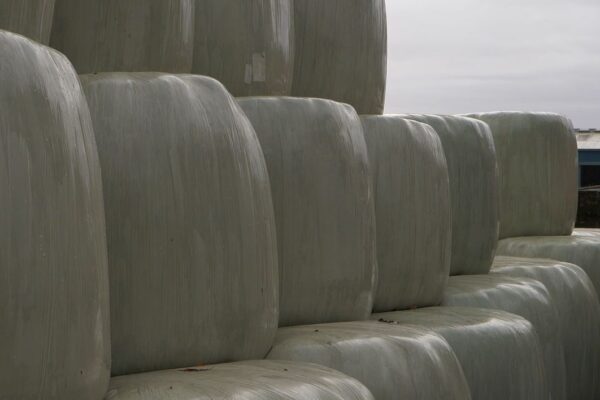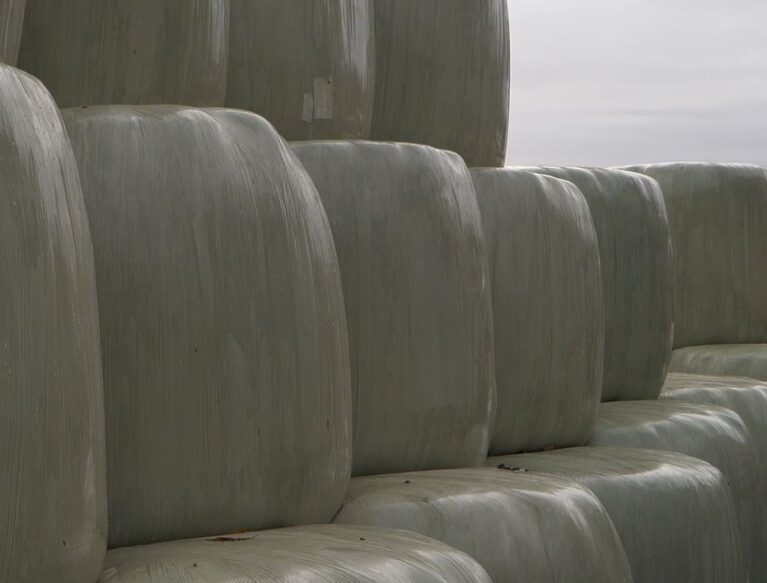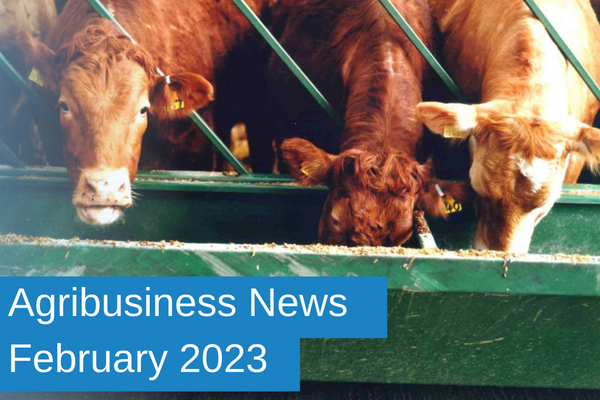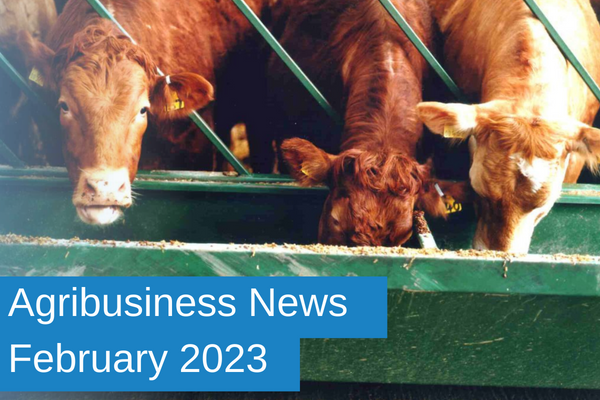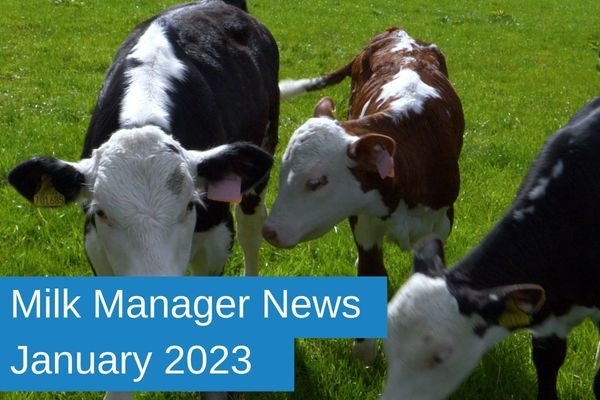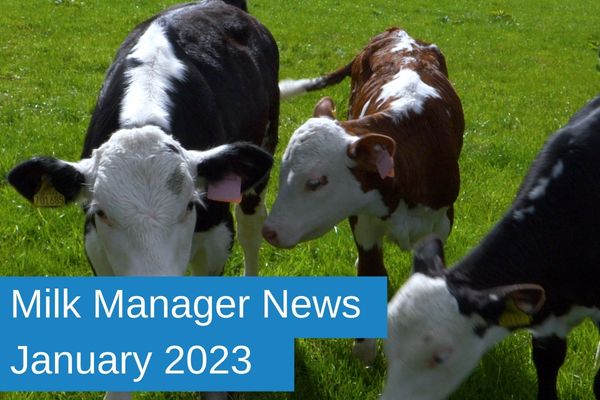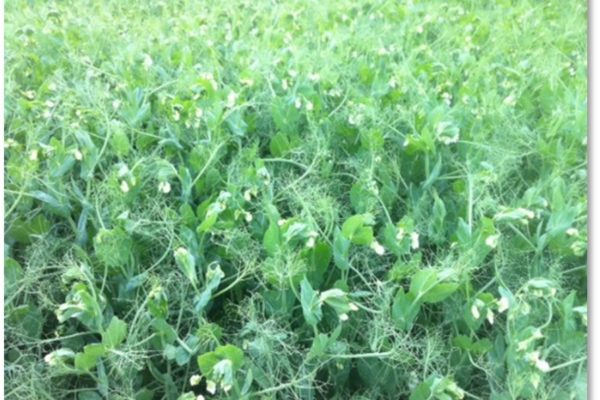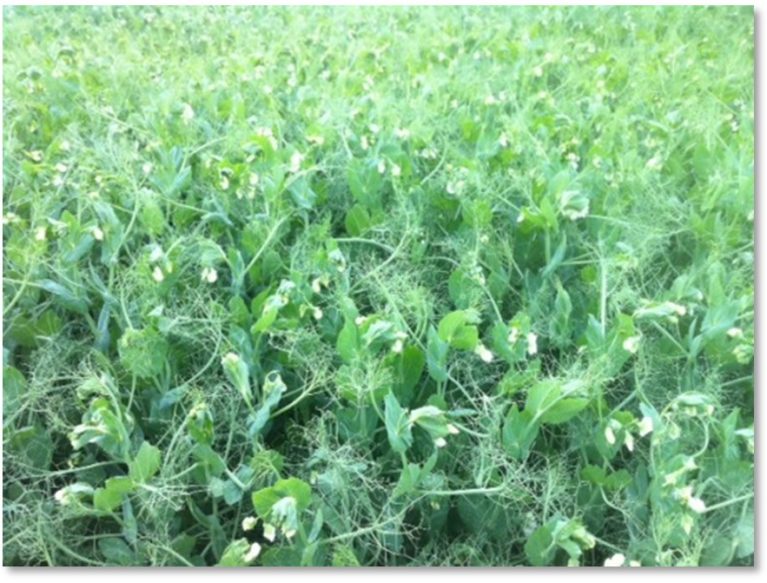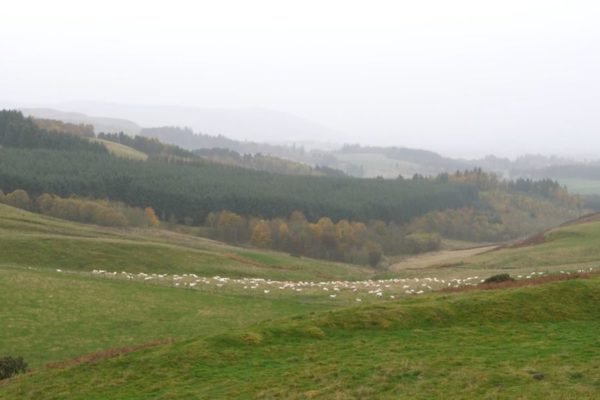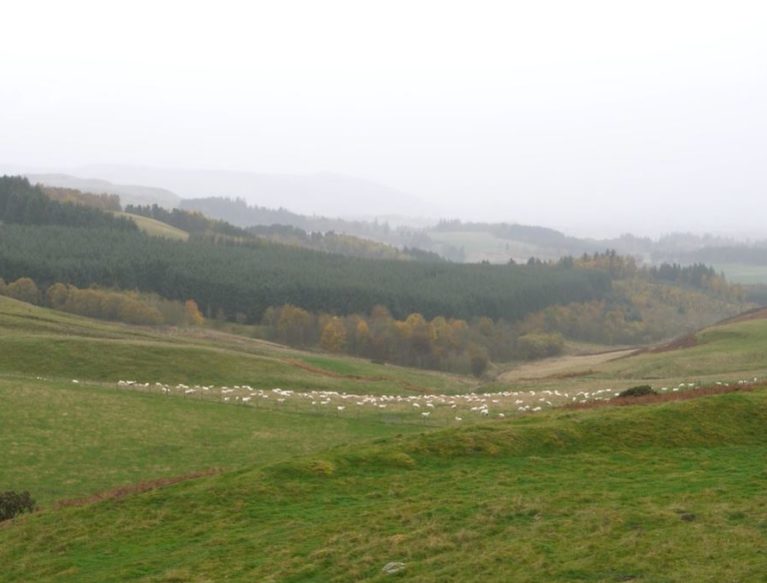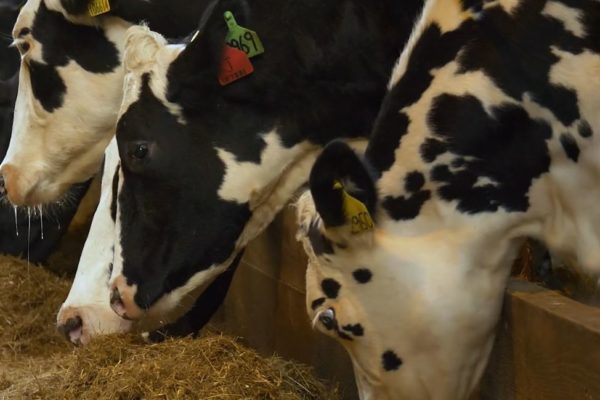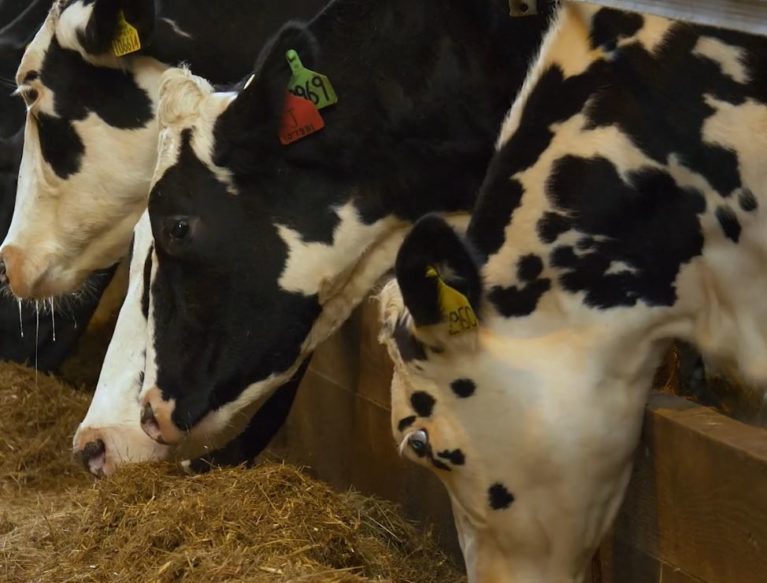Feed and Forage [DA.FF]
How to reduce silage nutrient loss in the heat
The silage season is well underway with many farms having already successfully harvested a first cut and some even cutting or considering further cuts. However, with the hot and dry…
Read More >Herbal leys – what to consider in selecting a mix
There has been increasing interest in the use of herbal leys (also known as multi-species swards) for livestock farmers over the last few years. Summer drought conditions appear to be…
Read More >Milk Manager News March 2023 – Efficient Feeding of Protein
Cows are very inefficient converters of dietary nitrogen (N) into milk, with an approximate efficiency of converting feed N into milk ranging anywhere from 22-33%. The efficiency of N use…
Read More >Milk Manager News March 2023 – Preventing Silage Slippage This Season
There are many risk factors associated with slippage of silage clamps, which can cause significant spoilage of silage around the area of slippage. The result is poorer quality silage and…
Read More >Silage Clinic – Key Messages
Making quality silage – what are the key influencing factors? Tips for making quality silage and minimising nutritional losses were discussed at a recent FAS event at the James Hutton…
Read More >Agribusiness News February 2023 – Input Costs: Feed & Forage Update
Silage analysis update Figure 1 shows the average of all silages received at the SRUC lab between July 22 – Jan 23, of 1st and 2nd cut pit and bale.…
Read More >Milk Manager News January 2023 – Planning for Youngstock Grazing this Spring
Regardless of the management of the milking herd, the majority of dairy youngstock will be turned out to grass this spring. By planning your grazing strategy now, there is potential…
Read More >Forage Peas: An Alternative Source of Protein
The recent volatility in cost and availability of supplementary protein sources has meant dairy farmers have begun growing their own home-grown protein sources, in particular forage legumes. Legumes are popular…
Read More >New Entrants – Getting Started with Rotational Grazing
Rotational grazing increases the grass ultilisation on farm and leads to greater production of meat, milk, and wool per hectare, while also reducing feed and fertiliser requirements. In this video…
Read More >Dry Cow Nutrition for a Successful Transition into the Milking Herd
This video focuses on the importance of nutrition of dairy cows during the dry period and covers targets for body condition score, energy and protein intake and mineral nutrition. Nutritional…
Read More >
